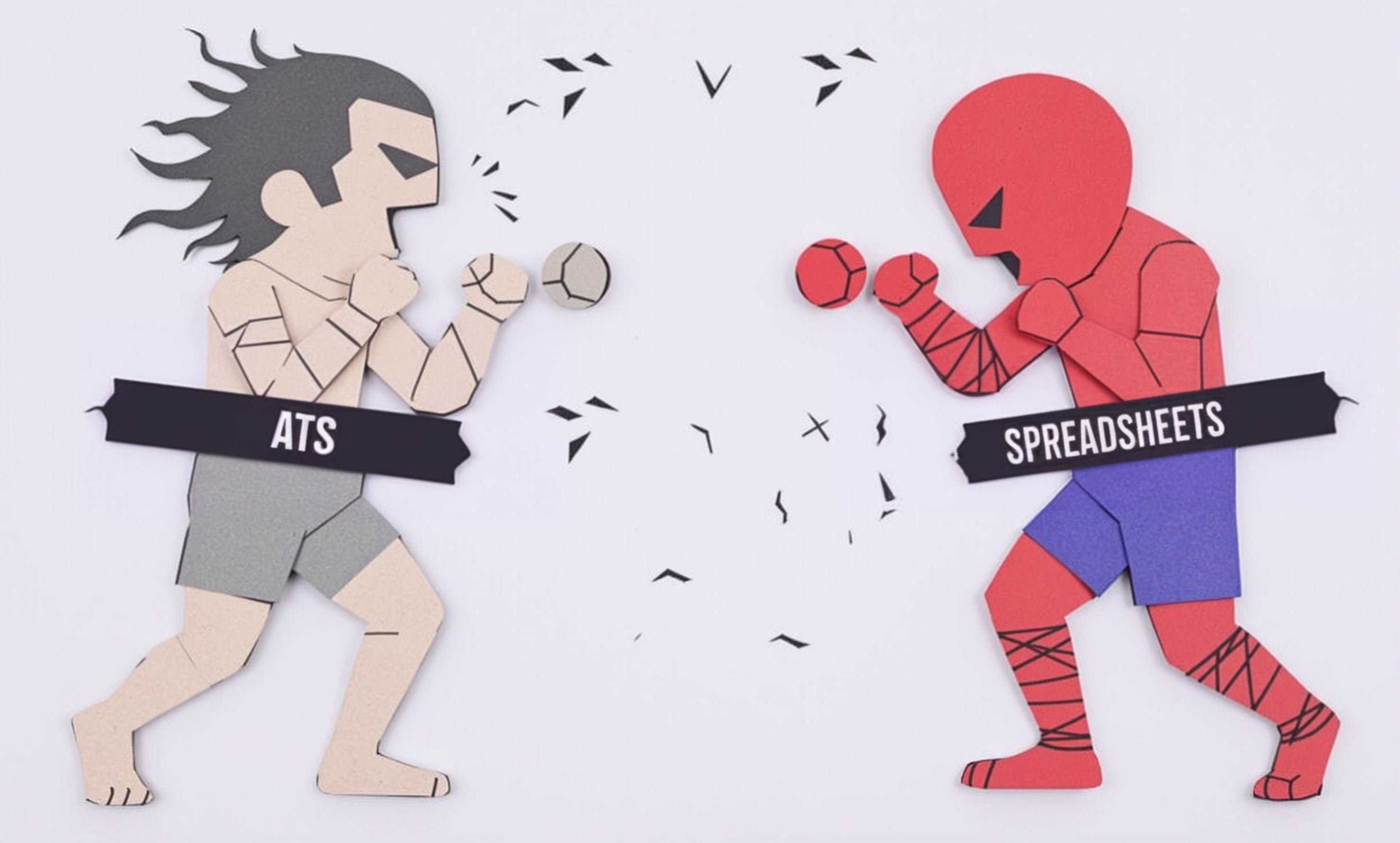
Dive Tables
Dive Tables are essential tools used in scuba diving to plan safe dives. Think of them as safety calculators that help diving professionals determine how long divers can stay underwater and how long they need to wait between dives. They're similar to a pilot's flight planning tools, but for underwater activities. These tables (sometimes called decompression tables or recreational dive planners) are crucial for preventing decompression sickness, commonly known as "the bends." Any professional dive instructor needs to be skilled in using and teaching these tools.
Examples in Resumes
Certified instructor teaching Dive Tables and dive planning to beginner students
Created simplified Dive Tables training materials for recreational divers
5+ years experience using Dive Tables and Decompression Tables in professional diving instruction
Typical job title: "Scuba Diving Instructors"
Also try searching for:
Where to Find Scuba Diving Instructors
Professional Organizations
Job Boards
Online Communities
Example Interview Questions
Senior Level Questions
Q: How would you handle a situation where a student is struggling to understand dive tables?
Expected Answer: A senior instructor should discuss various teaching methods, mention practical exercises, and explain how they adapt their teaching style to different learning types. They should also emphasize the importance of patience and safety.
Q: What methods do you use to teach complex diving calculations to groups?
Expected Answer: Should demonstrate experience in breaking down complex concepts into simple steps, using real-world examples, and implementing hands-on learning techniques. Should mention group management skills.
Mid Level Questions
Q: Explain how you would teach the concept of surface intervals to new divers.
Expected Answer: Should be able to explain complex concepts in simple terms, demonstrate understanding of safety principles, and show ability to communicate effectively with students.
Q: How do you integrate dive table training into open water courses?
Expected Answer: Should discuss practical teaching methods, mention safety priorities, and explain how they make learning engaging while ensuring understanding.
Junior Level Questions
Q: What are the basic components of a dive table?
Expected Answer: Should be able to explain pressure groups, time limits, and basic safety calculations in simple terms. Should demonstrate understanding of fundamental concepts.
Q: How do you explain no-decompression limits to a new diver?
Expected Answer: Should show ability to explain basic safety concepts clearly and simply, demonstrate understanding of fundamental diving principles.
Experience Level Indicators
Junior (0-2 years)
- Basic dive table usage
- Simple dive planning
- Teaching fundamentals to beginners
- Basic safety procedures
Mid (2-5 years)
- Advanced dive planning
- Multiple dive calculations
- Student assessment methods
- Emergency procedure training
Senior (5+ years)
- Complex diving scenarios
- Training program development
- Risk assessment and management
- Instructor training and mentoring
Red Flags to Watch For
- Unable to explain basic safety concepts clearly
- Lack of practical teaching experience
- Poor understanding of emergency procedures
- Unfamiliarity with current diving standards and practices
Related Terms
Need more hiring wisdom? Check these out...

Beyond Spreadsheets: Why Executive Dashboards in ATS Systems Are Your Secret Hiring Weapon

The Cryptic Secrets of Data-Driven HR: Metrics that Actually Matter (and Some That Might Make You Laugh)

Why Your Hiring Spreadsheets Are Secretly Sabotaging Your Recruitment

